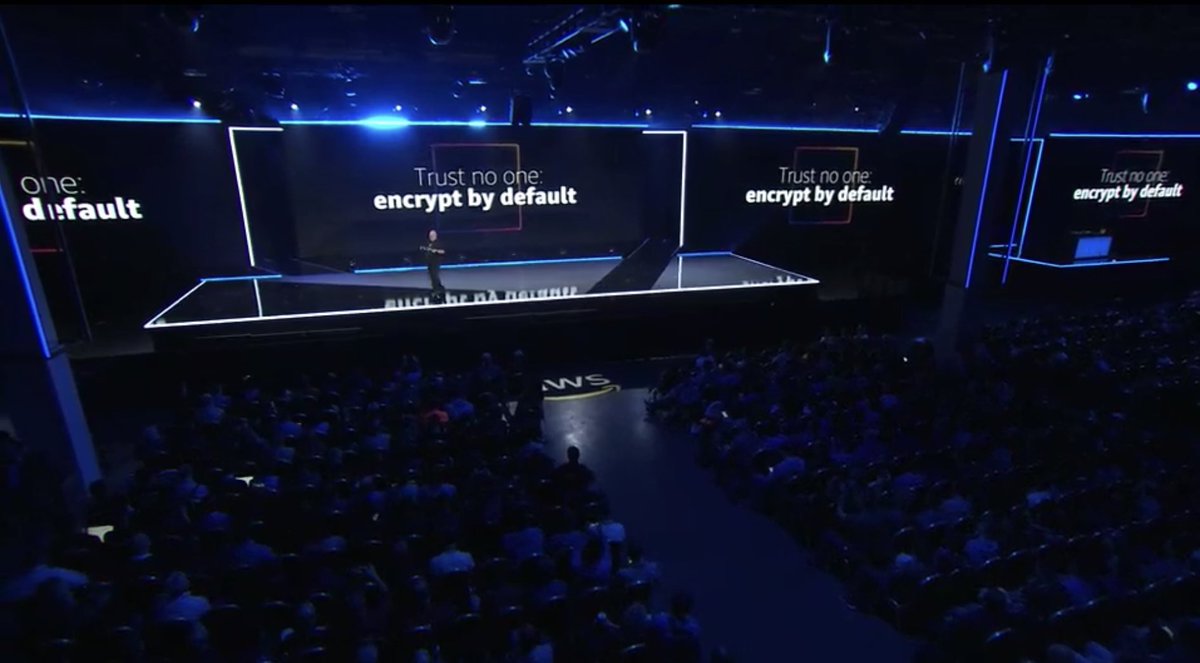As the 2010s come to an end I started to think about what security stories from the last ten years changed how we think about security in this decade and the next. While this list is in no way complete these are the ten stories that I think had a lasting impact on security in the last decade and the next.
Stuxnet targeted SCADA systems and was responsible for causing substantial damage to Iran’s nuclear program. It has been the subject of many books and even a movie.
It has been publically confirmed that Stuxnet was created and built by the NSA in partnership with the CIA and Israeli intelligence.
LulzSec was a high profile hacktivist group that hacked Sony Pictures, HBGary, and PBS along with many other organizations. Its history and reputation are complicated with many of its members’ serving prison sentences and others have become members of the security research community.
Heartbleed was an improper input validation bug in the OpenSSL library that allowed a malformed heartbeat request with a small payload and large length field to permit attackers to read up to 64 kilobytes of the victim’s memory that was likely to have been used previously by OpenSSL.
One of the humorous takeaways from this bug is that it was submitted at 11:59 on New Years’ Eve 2011.
Probably the most lasting takeaway is after this vulnerability Google established Project Zero.
The Shadow Brokers were a hacker group that published several leaks containing hacking tools from the National Security Agency including several Microsoft zero-day exploits that lead directly to WannaCry.
It is widely believed that Russia was responsible for these leaks although how they obtained the information is still unknown.
The WannaCry ransomware attack targeted computers running the Microsoft Windows operating system by encrypting data and demanding ransom payments in the Bitcoin. It propagated through EternalBlue, an exploit developed by the National Security Agency and stolen and leaked by The Shadow Brokers a few months prior to the attack.
Marcus Hutchins discovered the kill switch domain hardcoded in the malware and registered the domain which limited the spread of the ransomware.
In 2014 sony pictures were hacked and personal information about Sony Pictures employees and their families, e-mails between employees, information about executive salaries at the company, and copies of Sony films were stolen and released on the internet. The attackers then released a disk wiper bot that formated a large number of hard drives at Sony.
It is widely believed that North Korea was behind this attack because Sony had made the movie The Interview which plot revolved around trying to assassinate Kim Jong-un.
US law enforcement agencies have charged Park Jin Hyok with this attack and for masterminding WannaCry.
Russia hacked and released DNC internal communications to WikiLeaks in the run-up to the 2016 presidential election. While the technical details of these attacks are not impressive, America and the rest of the world have been dealing with the fallout from these breaches and will continue to do so for the foreseeable future.
In 2010, Chelsea Manning gave WikiLeaks 500,000 documents that became known as the Iraq War and Afghan War logs along with numerous Diplomatic cables. She was arrested in May of 2010 but the information she had given to Wikileaks which made them a household name and allowed them to play a role in the DNC Hack and releasing the information that Edward Snowden leaked.
OPM – 2015
In 2015, the United States Office of Personnel Management (OPM) had a data breach that affected approximately 21.5 million people. These included an unknown number of SF-86 (Questionnaire for National Security Positions) forms and over 5 million fingerprints.
Most experts have blamed China for this breach but no public proof of this has been shared.
This was a huge data breach that ended up exposing the data of roughly 200 million consumers using a vulnerability in the Apache Struts framework. The House Oversight Committee has released a full report on the breach. Many security experts see this attack as an eyeopener for companies to look closely at their internally developed software along with their OS and Network patching.
No one has taken responsibility for this attack and none of the stolen data has ever been reported to have been used.
Closing
Six of these stories come directly from State actors attacking either another country or a large corporation, one of them was an insider threat, one was a determined group of motivated external attackers and one was a really nasty bug a developer submitted at 11:59 on New Year’s Eve and Park Jin Hyok is probably the most dangerous hacker in the world.
Did I miss a story that should have been on this list? Let me know on Twitter at @JGamblin.










